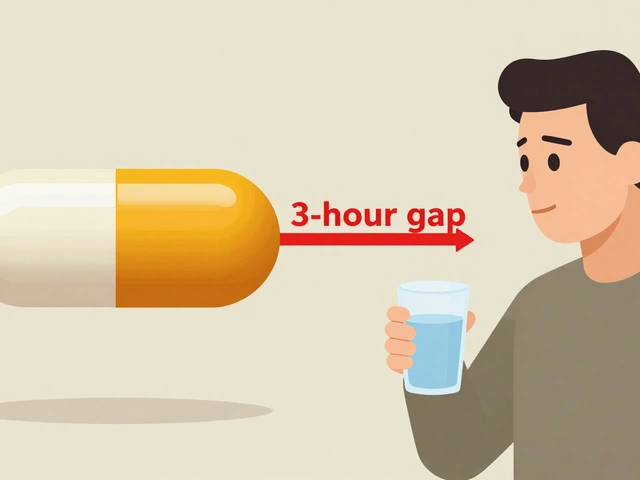Improve Sleep in Multiple Myeloma – Practical Tips and Resources
When we talk about Improve Sleep Multiple Myeloma, methods to help people with multiple myeloma get better rest. Also known as sleep improvement in myeloma, it focuses on turning restless nights into restorative sleep.
Living with multiple myeloma, a blood‑cancer that affects bone marrow and often brings pain, fatigue, and frequent hospital visits means your sleep can be constantly disrupted. The disease itself releases inflammatory markers that mess with your circadian rhythm. Add chemotherapy side‑effects and you have a perfect storm for sleeplessness. Recognizing that sleep quality is a vital part of overall treatment response is the first step toward change.
One of the easiest entry points is mastering sleep hygiene, habits that create a bedroom environment friendly to deep sleep. Keep the room dark, cool, and quiet; ditch screens at least an hour before bed; and set a consistent bedtime. These tweaks might sound simple, but for a myeloma patient dealing with night‑time pain spikes, they can shave off hours of tossing and turning.
Beyond the bedroom, you’ll often battle fatigue, the overwhelming tiredness that doesn’t go away with rest. Fatigue in myeloma isn’t just being sleepy; it’s a complex mix of anemia, cytokine release, and treatment side‑effects. Gentle daytime exercise—like short walks or light stretching—helps reset your energy balance. Pair that with short naps (no longer than 30 minutes) to avoid disrupting night‑time sleep cycles.
Effective pain management, controlling bone pain and treatment‑related discomfort is another cornerstone. Talk to your oncologist about timing pain meds so they wear off before bedtime. Some patients find that a low‑dose nighttime analgesic combined with a warm compress on painful sites reduces the urge to wake up.
All these pieces sit inside a broader framework of improve sleep multiple myeloma strategies that also include stress reduction, proper nutrition, and coordinated supportive care. Mind‑body techniques such as guided meditation or breathing exercises can lower cortisol, the stress hormone that keeps you alert. A diet rich in magnesium and tryptophan—think leafy greens, nuts, and turkey—supports the production of melatonin, the sleep hormone.
What You’ll Find Below
The articles below dive deeper into each of these topics. You’ll see how stress influences clotting risk, how environmental toxins impact hormonal balance, and which supplements might help with cancer‑related fatigue. Each post is written to give you concrete steps you can try today, and to show how improving sleep ties into overall disease management.
So, whether you’re looking for quick bedroom tweaks, a full‑body pain‑control plan, or evidence‑backed lifestyle changes, the collection ahead offers practical, easy‑to‑follow guidance that fits right into a multiple myeloma care routine.
Discover practical sleep tips for multiple myeloma patients, covering pain management, sleep hygiene, safe aids like melatonin, and quick‑reference strategies for restful nights.
Continue reading...






